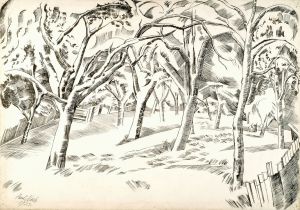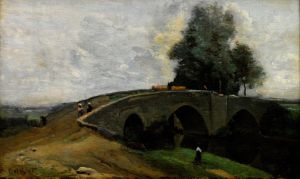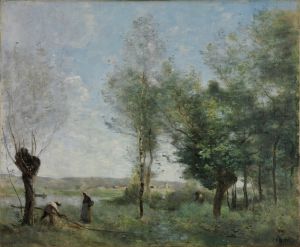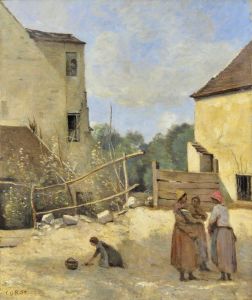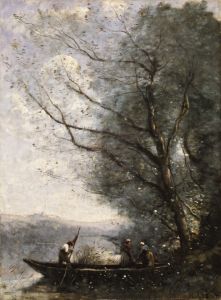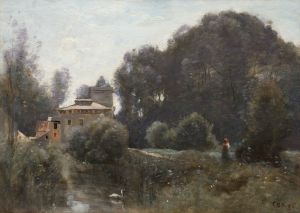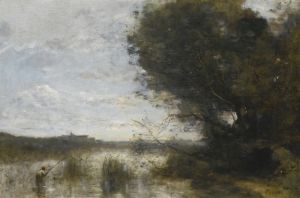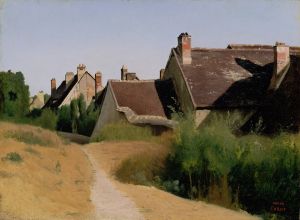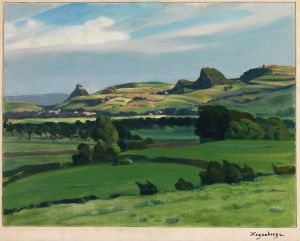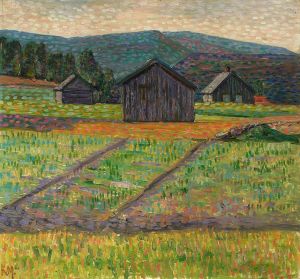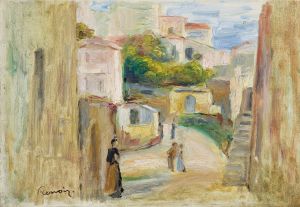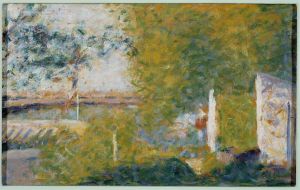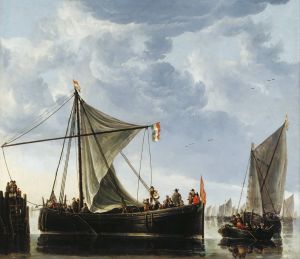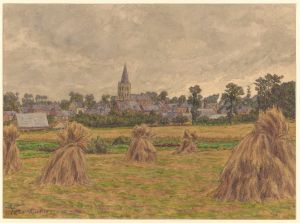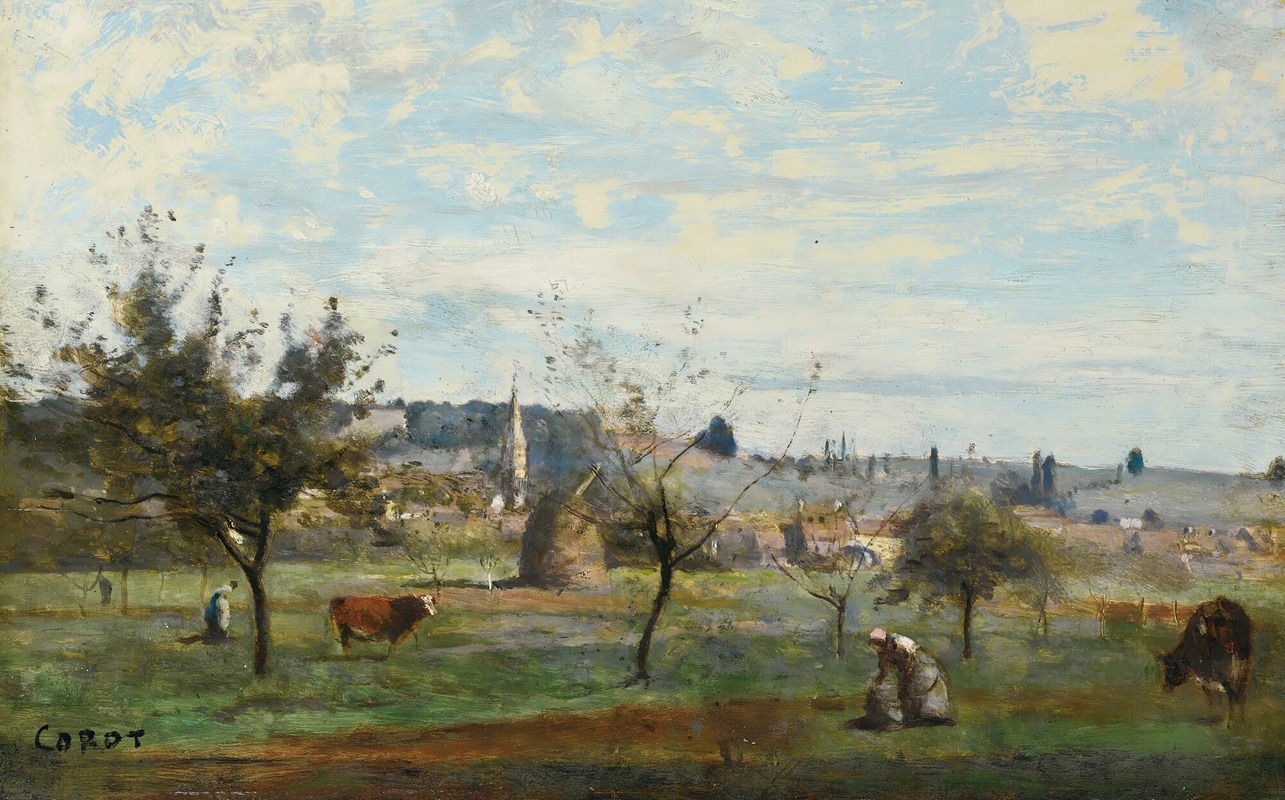
Un Village Des Environs De Mantes
A hand-painted replica of Jean-Baptiste-Camille Corot’s masterpiece Un Village Des Environs De Mantes, meticulously crafted by professional artists to capture the true essence of the original. Each piece is created with museum-quality canvas and rare mineral pigments, carefully painted by experienced artists with delicate brushstrokes and rich, layered colors to perfectly recreate the texture of the original artwork. Unlike machine-printed reproductions, this hand-painted version brings the painting to life, infused with the artist’s emotions and skill in every stroke. Whether for personal collection or home decoration, it instantly elevates the artistic atmosphere of any space.
Jean-Baptiste-Camille Corot's Un Village des Environs de Mantes (translated as A Village near Mantes) is a landscape painting created by the renowned French artist during the 19th century. Corot, a pivotal figure in the Barbizon School and a precursor to Impressionism, is celebrated for his ability to capture the natural world with a poetic sensibility and a mastery of light and atmosphere. This particular work exemplifies his dedication to depicting rural France with a sense of tranquility and realism.
The painting portrays a quiet village scene near Mantes, a town located along the Seine River in northern France. Corot often traveled through the French countryside, sketching and painting en plein air to study the effects of light and nature directly. His works from this period frequently feature serene landscapes, with an emphasis on harmony between human habitation and the surrounding environment. In Un Village des Environs de Mantes, Corot employs his characteristic soft brushwork and muted color palette, which lend the scene a dreamlike quality.
Corot's approach to landscape painting was deeply rooted in observation, yet he often infused his works with an idealized and lyrical quality. This balance between realism and romanticism is evident in this painting, where the village structures and natural elements coexist seamlessly. The composition is carefully arranged, with trees, buildings, and open spaces creating a sense of depth and inviting the viewer into the peaceful rural setting.
The exact date of the painting is not definitively documented, but it likely belongs to Corot's mature period, during which he refined his style and produced many of his most celebrated works. This era saw Corot transitioning from the more detailed and structured landscapes of his early career to the softer, more atmospheric scenes that would influence later movements such as Impressionism.
Un Village des Environs de Mantes is held in the collection of the Musée du Louvre in Paris, France. Its inclusion in one of the world's most prestigious art institutions underscores Corot's significance in the history of art and his enduring legacy as a master of landscape painting. The work continues to be admired for its subtle beauty and its ability to evoke a sense of calm and connection to nature.
This painting is a testament to Corot's skill in capturing the essence of a place, blending technical precision with an emotional resonance that has made his work timeless.





